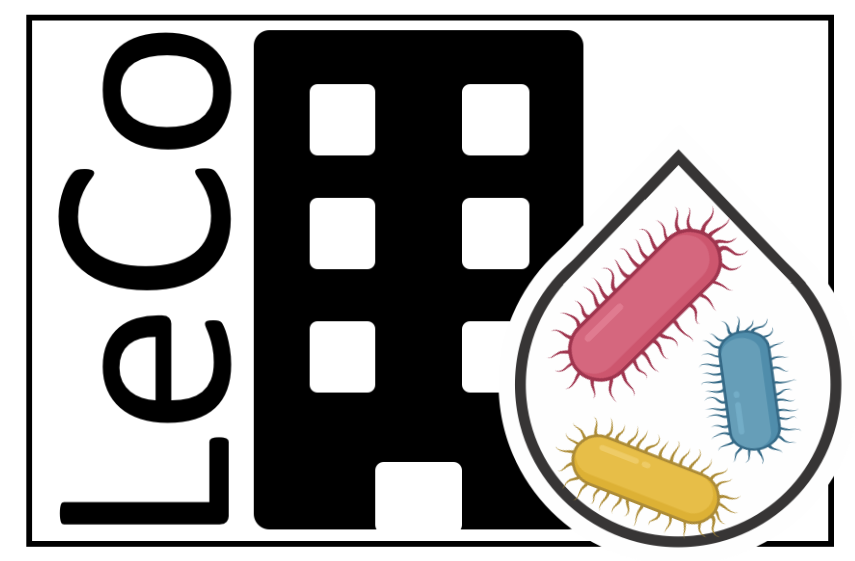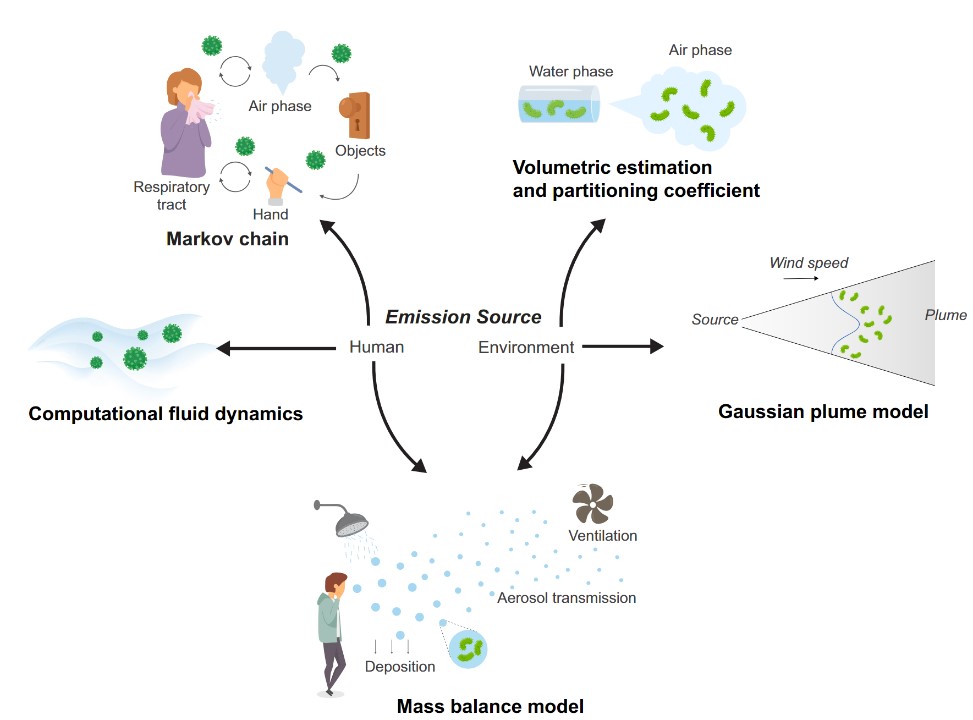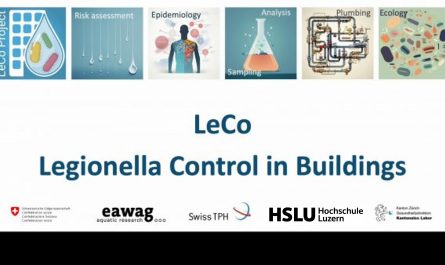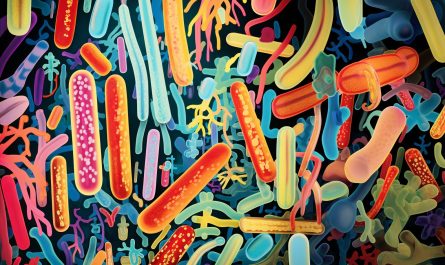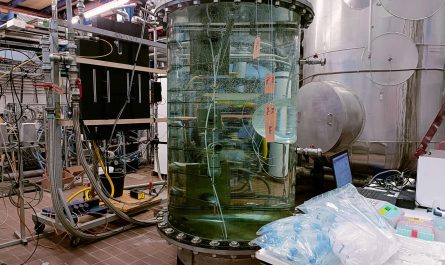Quantitative Microbial Risk Assessment (QMRA) is a modeling tool frequently used to assess people’s exposures to respiratory pathogens. A literature review summarizing current exposure modeling approaches, dose response models and parameter values for quantitative microbial risk assessment (QMRA) of respiratory pathogens was conducted. The study identified that QMRA is frequently used to inform policy decisions, including assessing intervention efficacy and providing guidance on potential guideline microbial contamination values.
Respiratory tract infections are major contributors to the global disease burden. Quantitative microbial risk assessment (QMRA) is as a rapidly deployable framework to understand respiratory pathogen transmission and to inform policy on infection control. We reviewed QMRA applications to respiratory pathogens to identify research areas that may promote further uptake of QMRA to inform policy.
We identified 93 studies conducted in 16 different countries with complete QMRA frameworks for diverse respiratory pathogens, including SARS-CoV-2, Legionella spp., Staphylococcus aureus, influenza, and Bacillus anthracis. Six distinct exposure models were identified across diverse and complex transmission pathways. In these models, pathogen concentration, aerosol concentration, and partitioning coefficient were influential parameters, which could significantly impact final results. Most (84%, n=78) studies presented policy-relevant objectives including a) determining disease burden to call for policy intervention, b) determining risk-based threshold values for regulations and c) informing intervention and control strategies. Based on these objectives, it was recommended that further development of QMRA should a) prioritize appropriate aerosol exposure modeling approaches considering policy relevance, b) chose dose-response models responsive to exposure routes and targeted groups of people and c) involve positive communications between model developers and policy makers regarding determination of acceptable disease burden.
Lizhan Tang is a 4th year PhD student in Pathogens and Human Health group at Eawag. As a risk modeler, he is interested in applying statistical model to understand transmission of waterborne pathogens and their impact on human health. In LeCo project, he is mainly responsible for developing quantitative microbial risk assessment (QMRA) for Legionella spp. integrating detailed aerosol and bacteria concentration data.
Paper title and link:
Applications of Quantitative Microbial Risk Assessment to Respiratory Pathogens and Implications for Uptake in Policy: A State-of-the-Science Review
